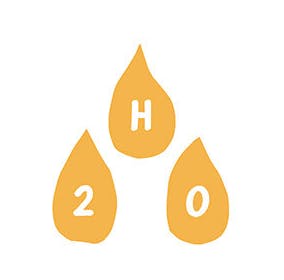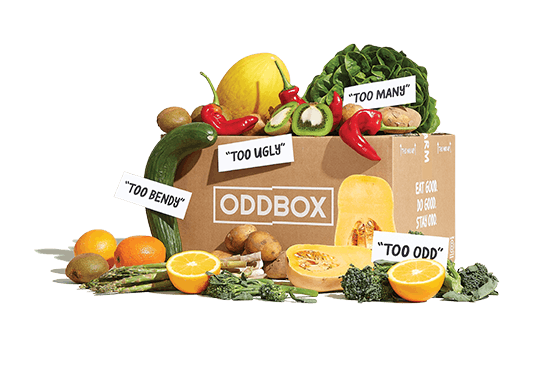World Water Day: How does food waste cause water waste too?
You may not be surprised to learn that water waste and food waste are intrinsically linked. When we reduce the amount of food that isn't eaten, we can conserve freshwater for everyone to use. But how are they so closely related?
71% of our earth's surface is covered in water (USBR), so it can feel like an endless resource. But did you know just 2.5% of that water is freshwater? And almost 99% of this freshwater is locked up in ice caps and the ground (Shiklomanov, 1993). We need this precious freshwater to support life on earth - any old water won't do.

WHERE DO WE USE WATER?
Washing, cleaning, cooking and drinking may be our most visible uses of water. But these small tasks only make up 11% of our global freshwater use (Our World in Data, 2018). Instead, roughly 70% of freshwater resources are used for agriculture (World Bank, 2014).
We won’t run out of water overnight, but we witness times when our demand exceeds available resources before they can be replenished. And as our global population continues to rise, our agricultural and water demands grow with it.
HOW CAN FOOD WASTE WATER DIRECTLY?
Every piece of food we eat carries its own water footprint - the total water used throughout its production. When we analyse the water usage of each of our foods, we can find solutions to reduce water used as a whole.
We need freshwater to grow our crops and sustain livestock. But other processes go into producing our food, such as irrigation, fertilisers, pesticides and frost control. Even creating just 1kg of celery requires 75 litres of water.
The food industry generates and grows more produce than is necessary, draining freshwater resources. Every year, the water wasted from food not eaten is the same volume as the entire annual flow of Europe's largest river (FAO, 2013). But if we make the most out of all of the food we've already produced, we can save a third of the resources used to make new food.
SO, WHAT CAN WE DO TO REDUCE FOOD WASTE AND ITS RELATED WATER WASTE?
Here are some simple habits you can adopt to reduce the food you see in the bin by the end of each week:
- Don’t buy more food than you can use in time
- Store different fruit and veg correctly, and sometimes separately
- Plan your meals ahead, so you know what you’re going to use and when
- Learn how to can, pickle and ferment foods to extend their life
- Make meals in advance to put in the freezer
- Use peelings and offcuts in new recipes the next day
Another vital aspect of tackling food and water waste is to rescue produce from our farmers. Oddbox welcomes all fruit and veg, and every one of our boxes is filled with odd and surplus produce which has been saved.
THE IMPACT OF RESCUING FOOD
Our journey into creating Oddbox may have started with one odd-looking tomato in the sunny hills of Portugal. But over the years of learning about food waste, retailer demands, and the unsustainable chain of our eating habits, it has become so much more than that.
Every apple delivered in your box is an apple that could've gone to waste. And all of the water that went into making that apple throughout its life could also have been wasted. The stats start to add up - for every kilogram of apples rescued, over 90 litres of water are saved from going to waste.
Just last week our community rescued 305,807kg of fruit & veg, which in turn saved 33,433,313 litres. To put that into perspective? That’s how much water 557,222 people would drink a month. Each year, more than 66 trillion gallons of water go into producing food that's lost or wasted (WWF, 2019). With every single box our community helps us rescue, we can all encourage a more sustainable, and less wasteful, way of living and eating.

